Maintaining Your Mi-T-M Generator
Whether your generator is used on a jobsite or needed during an emergency, you want your generator to be in its best working condition. Regular cleaning and maintenance of your generator will ensure a long life, so you can have reliable power every time.
The main steps to generator maintenance include:
- Cleaning the Exterior
- Overall Inspection
- Changing Oil & Cleaning Air Filters
- Checking Spark Plug, Hoses, Etc.
- Preparing for Storage
For your safety, make sure you have the generator in a well-ventilated area for cleaning and maintenance. Be sure you read the manual, as it is your go-to guide for your specific Mi-T-M generator model! The manual provides maintenance details, including a periodic chart, so you know how often everything needs checked and maintained. Following the maintenance guidelines and directions help you get the most out of your Mi-T-M generator for years to come.
For basic maintenance, gather all your supplies in advance. That includes rags, oil pan, fresh engine oil, warm soapy water for filter cleaning, your owner’s manual and gloves to protect your hands.
Cleaning Your Generator’s Exterior
The first step for optimal operation is a good cleaning. You will want to keep your generator clean and free of dust, dirt and grime. The best way to clean it is with dry rags or shop towels. It just takes a few minutes to wipe off the frame and panels to remove any surface dust and grime. Cleaning your generator’s exterior also allows you to inspect all parts of the generator to ensure they are all in working order.
You may use low pressure air to clean off dust, but do not use a water hose, sprayer or power washer to clean your generator. Using those allows water into the air intake and other areas, and the water will damage your generator.
Inspect Hoses, Fittings & Fuel Cap
Inspection is something anyone can do to maintain a generator. You should inspect it daily when in use, as well as, before use and after sitting in storage.
After you clean the generator, inspect the fuel hoses and fittings, fuel tank and fuel cap. Depending on what model you own, you may need to remove a side panel to access the inside of the generator unit. The carbon canister and mounting brackets should also get a close look. Tighten anything that is loose, such as the oil drain plug. Look for cracks, leaks or abnormal wear on the hoses and parts. To maintain your warranty and receive qualified Mi-T-M generator service, contact a service center to replace any parts, as needed.
Changing the Air Filter & Oil
As with any gas engine, one of the key factors to generator maintenance involves regular oil changes and a clean air filter. These tasks are especially important if you run your generator in a dusty, dirty environment, such as a construction site or shop.
First, let’s review the oil change process. The oil should be changed after the first 20 hours of operation, then every 100 hours after that. You should make a regular practice of checking the oil level before starting the generator.
When you are ready to change the oil, stop the engine and get an oil pan ready. Drain the oil, then put the oil drain plug back. Following the instructions for your Mi-T-M generator model, refill the oil with the proper type of oil to the oil level indicated. Wipe up any oil spills around or on the generator, and recycle the old oil at your solid waste agency.
The air filter plays an important role in the efficiency of the generator. If it is dirty, that will make the generator work harder and use more fuel, so cleaning is key when it has a heavy buildup of dust. To access the air filter, you’ll need to unscrew the air cleaner cover and pull out the foam filter. Foam air filters can be washed in warm, soapy water, rinsed and then squeezed to help it dry. Let it air dry, then lightly coat with new engine oil, squeeze out excess oil and replace the filter.
Spark plugs and spark arrestor should also be checked frequently for carbon buildup. If the spark plug is dirty, clean it using a plug cleaner or wire brush. Check the spark plug type and spark plug gap according to your generator model’s manual. Replace with a new spark plug as needed.
The spark arrestor should be looked at every 100 hours or so. It is close to the exhaust, so perform this check when the unit is cool. Once removed, you can brush off carbon deposits on the spark arrestor screen and inspect it for breaks or tears.
If you can’t make time in your workday to check and clean spark plugs, contact a Mi-T-M service center to schedule an appointment with a technician. It’s a good idea to have a professional check out anything you have a question about before you put your generator to use or in storage.
Prepare for Storage
Many Mi-T-M generator owners only use their generator when needed for emergencies or short-term use on a remote jobsite where utility access isn’t readily available. Be sure to prepare your generator for short-term storage (less than 6 months) or long-term storage. For both lengths of storage, the first step is to add a gasoline stabilizer according to the directions.
-
For short-term storage
Run the unit for at least two minutes to mix the fuel and stabilizer. Close the fuel valve and run your generator until it stops.
-
For long-term storage
Run the generator until the fuel is completely gone from the fuel tank and carburetor. As the engine begins to die, move the choke lever to the CHOKE position.
Finally, clean and protect the exterior of the generator and store it in a dry, well-ventilated location.
Refer to your Mi-T-M generator manual or reach out to a Mi-T-M service center for details about keeping your generator running when you need it the most.
Need Help?
Monday - Friday, 7:30 a.m. - 5:00 p.m. CST




 Latest Equipment
Latest Equipment
 Accessories
Accessories
 Pressure Washers
Pressure Washers
 Air Compressors
Air Compressors
 Power Generation
Power Generation
 Air Compressor Generators
Air Compressor Generators
 Air Compressor / Generator / Welders
Air Compressor / Generator / Welders
 Portable Heaters
Portable Heaters
 Water Treatment Systems
Water Treatment Systems
 Trailers
Trailers
 Water Pumps
Water Pumps
 Floor Care
Floor Care
 All Residential Products
All Residential Products
 All Commercial Products
All Commercial Products
 Pressure Washers
Pressure Washers
 Power Generation
Power Generation
 Air Compressors
Air Compressors
 Custom Fire Pits
Custom Fire Pits
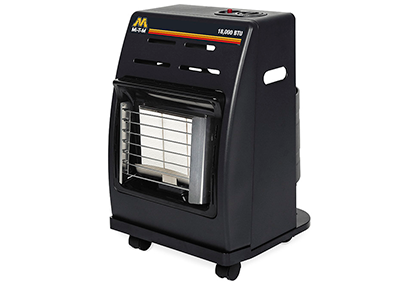 Portable Heaters
Portable Heaters
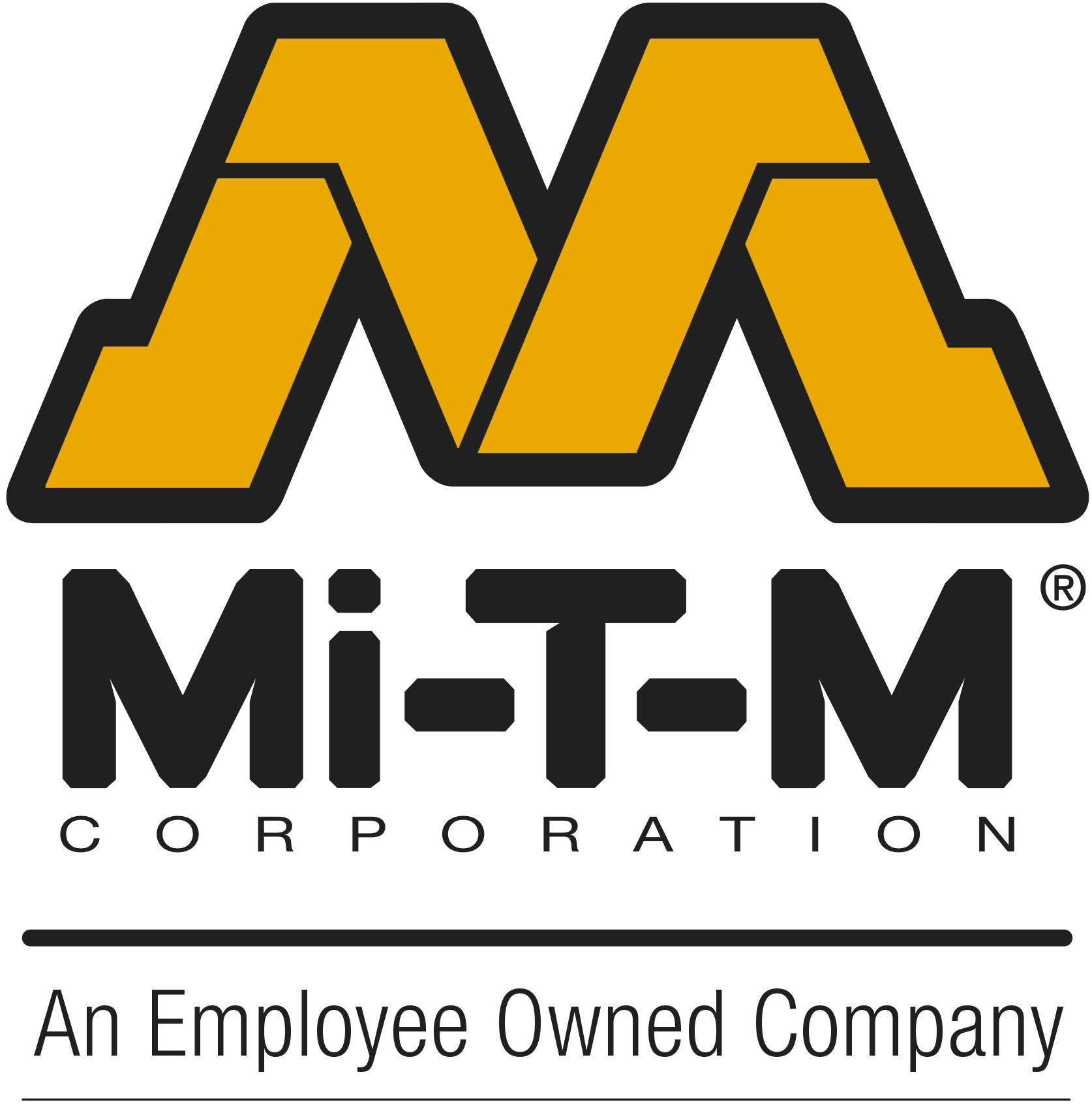





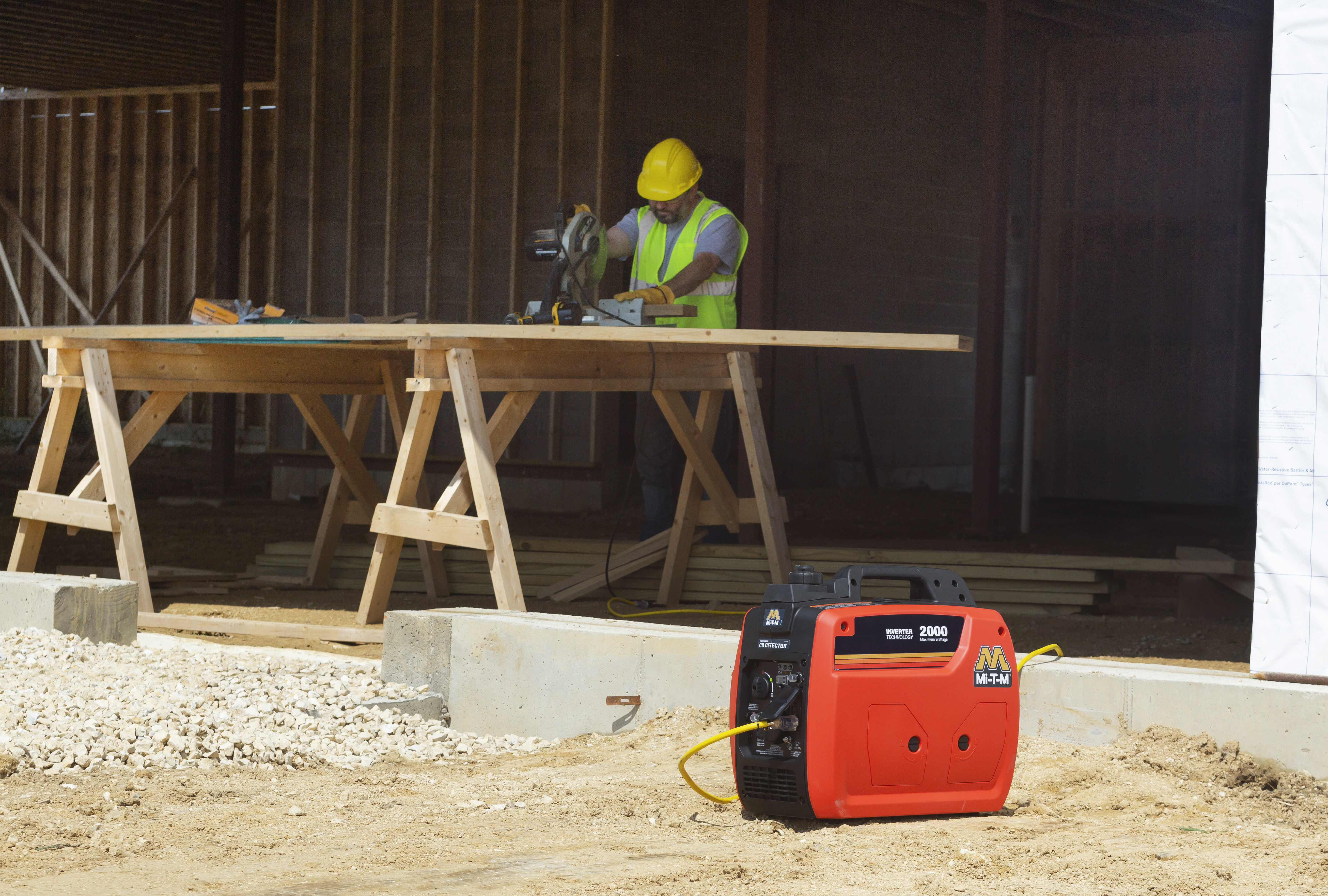
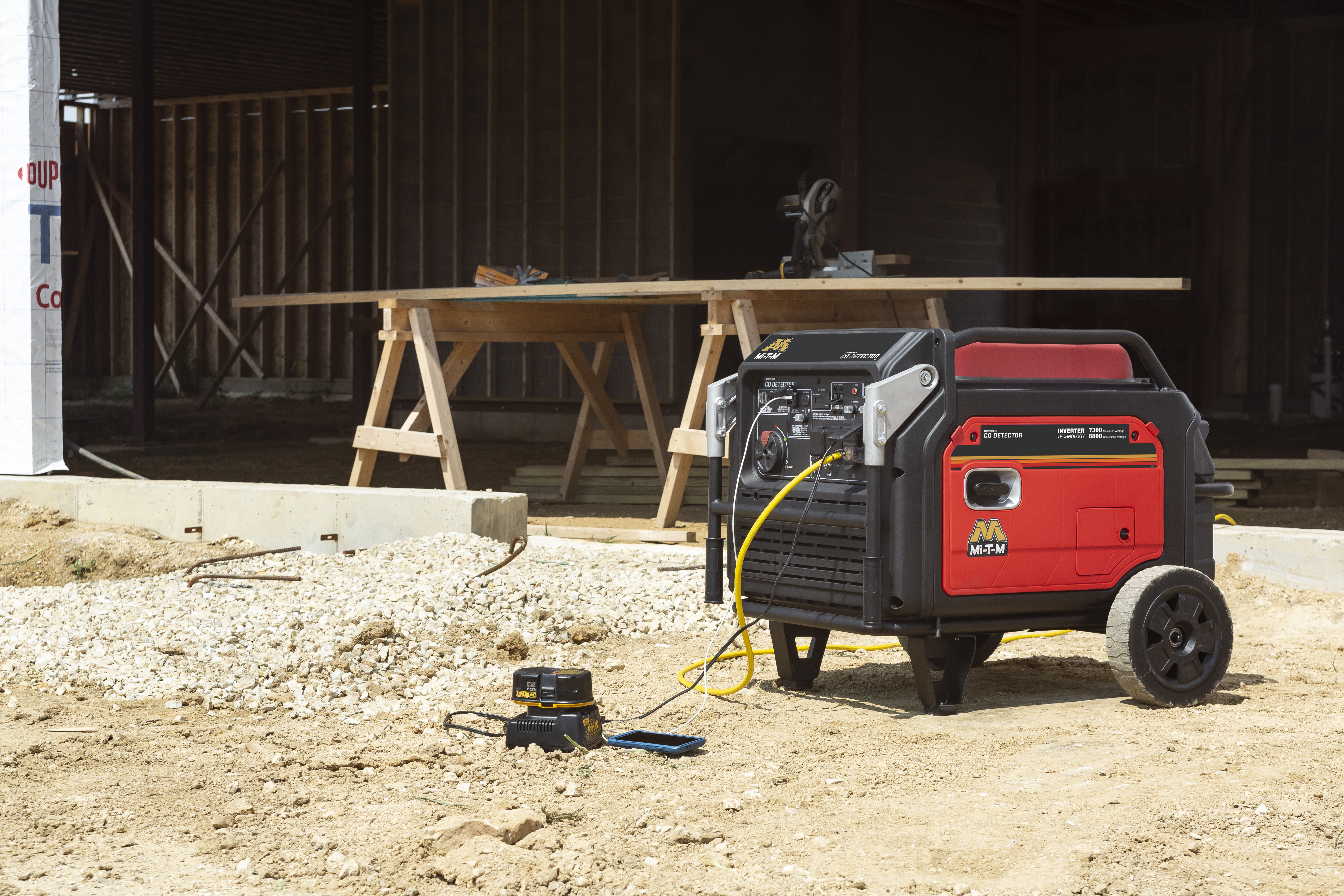
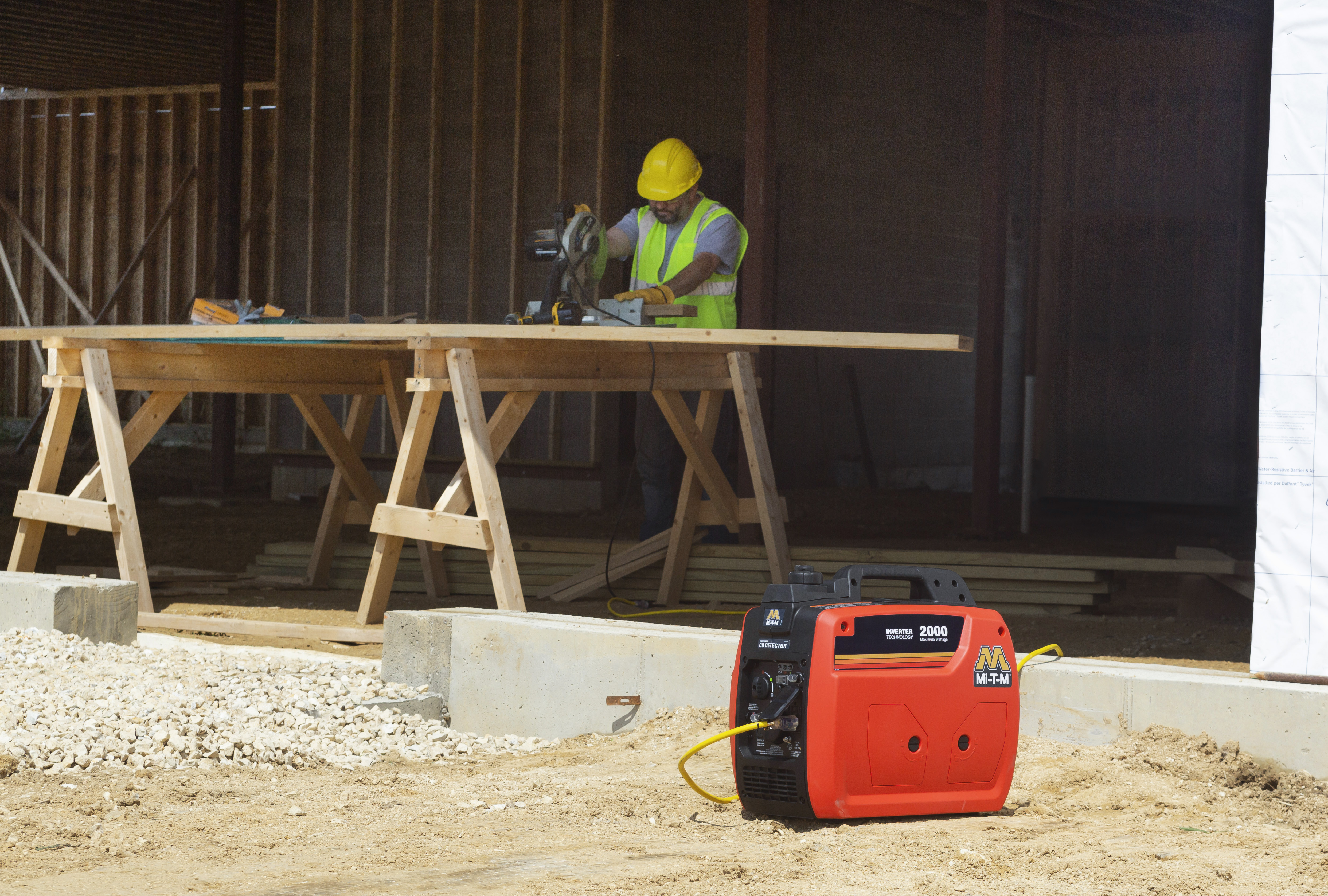
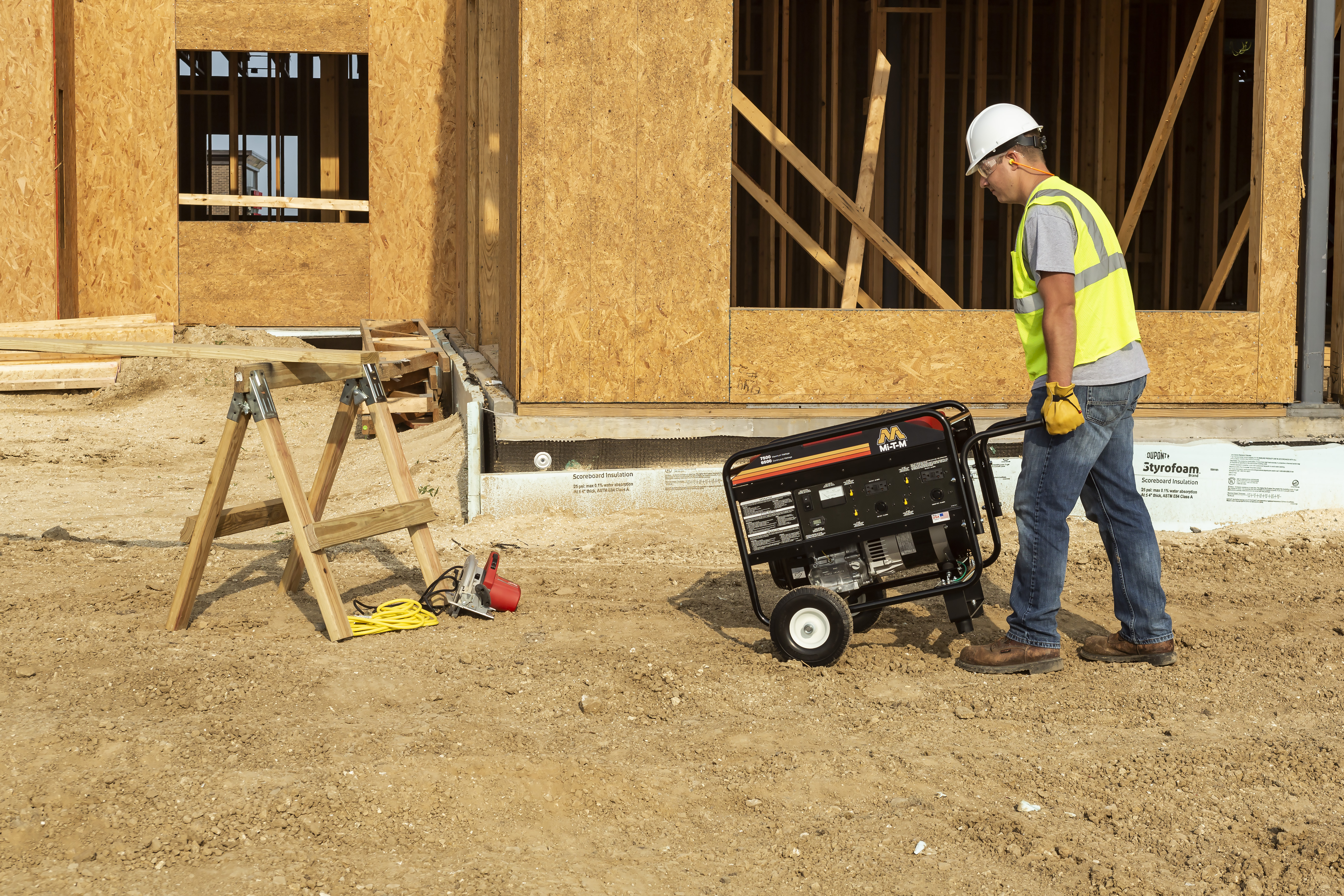
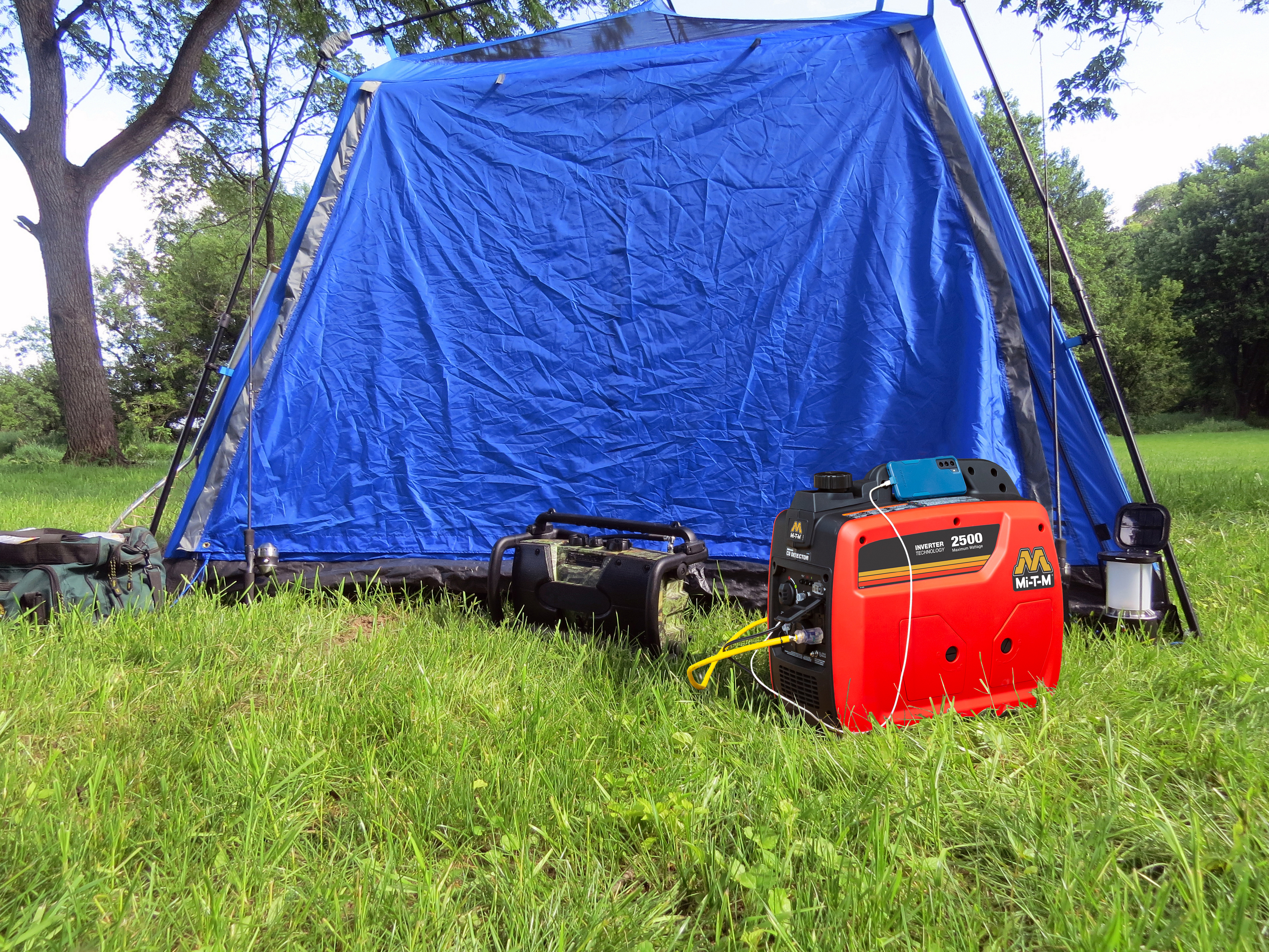





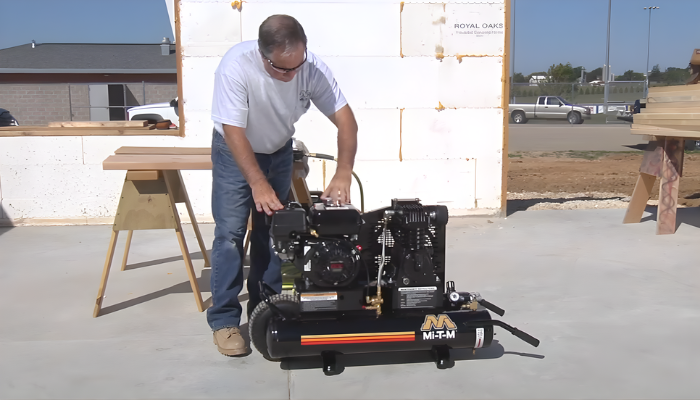
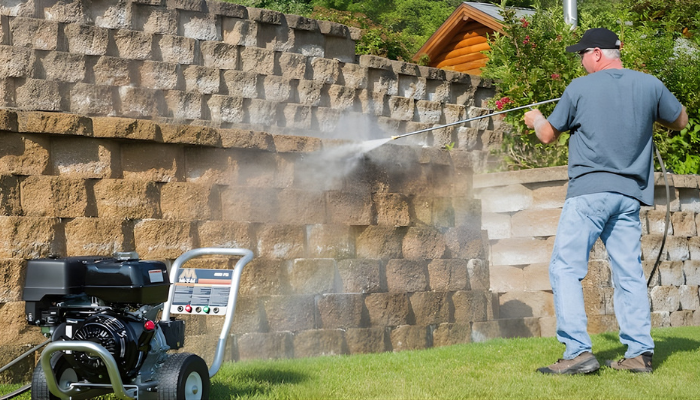
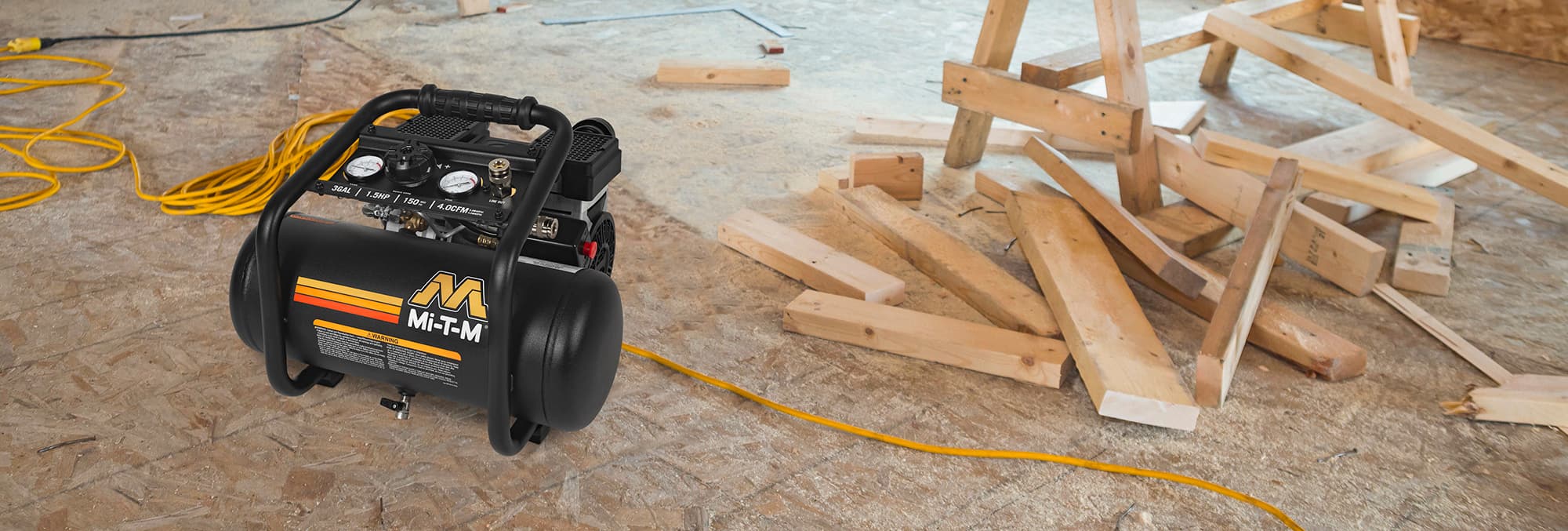

There are no comments on this post.